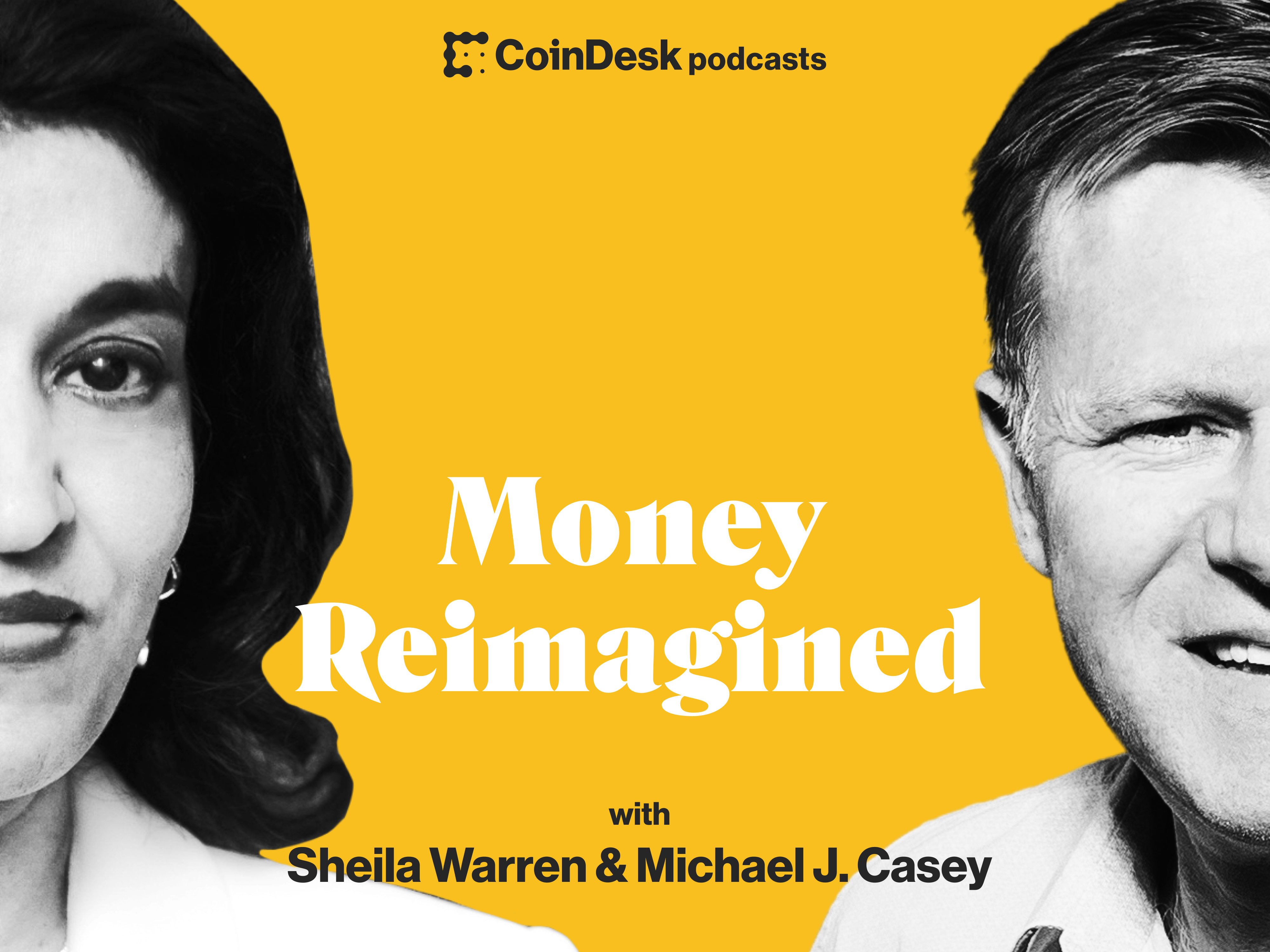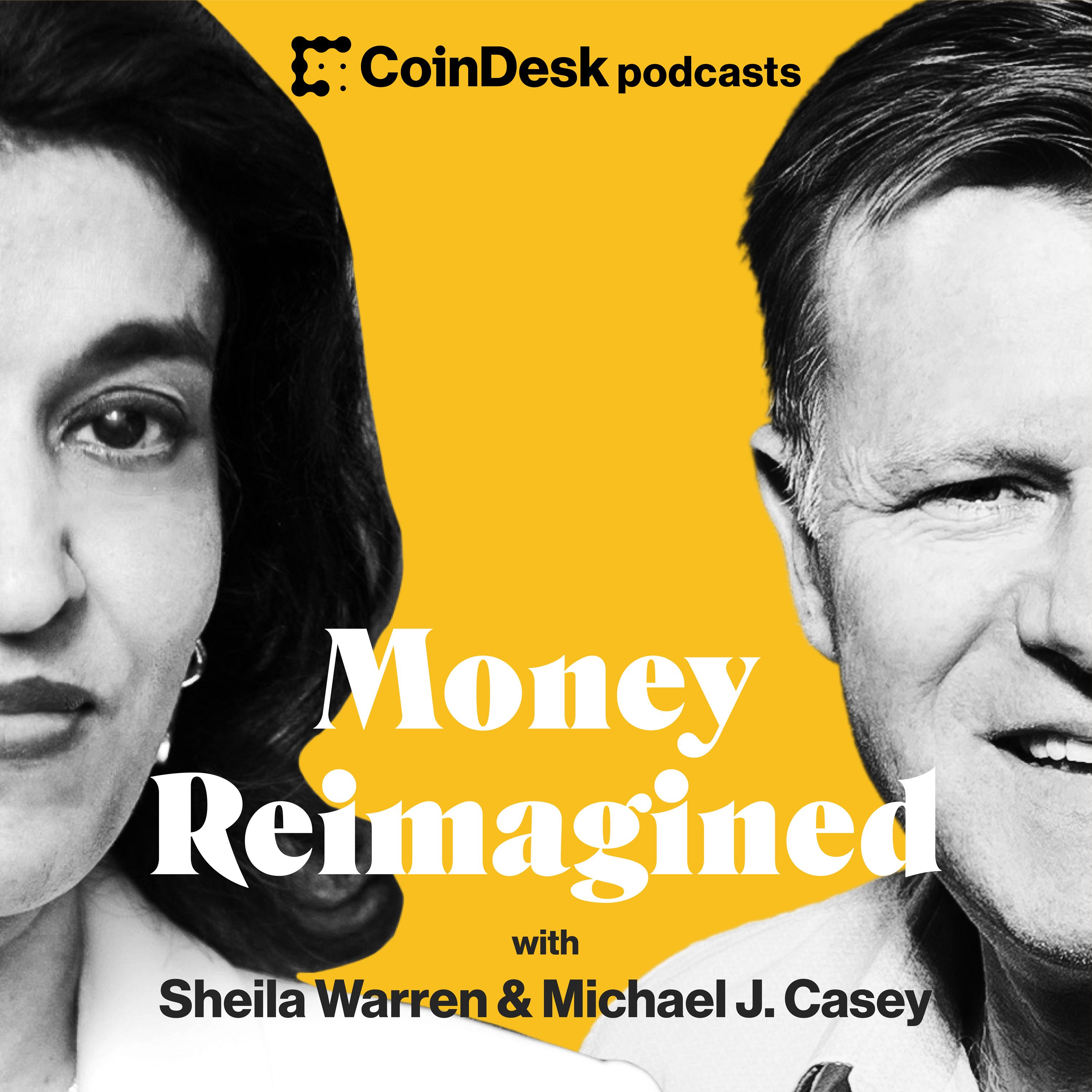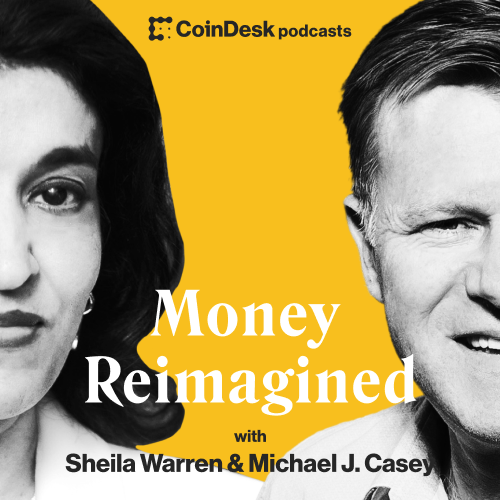Stablecoins are suddenly all over the news, with their explosive growth posing all sorts of questions for investors and regulators alike.
This episode is sponsored by Unique One Network, Mimo and Quantstamp.
To discuss, co-hosts Michael Casey and Sheila Warren are joined this week by Caitlin Long, founder and CEO of Avanti, a Wyoming-based digital assets bank, and George Selgin, director of the Center for Monetary and Financial Alternatives at the Cato Institute.
We start with a striking fact: the supply of the top 10 stablecoins pegged one-to-one with the U.S. dollar is up fourfold from the beginning of the year, at $109 billion. That’s more than three times the combined value of PayPal and Venmo’s outstanding customer accounts at the end of last quarter.
This spectacular growth is encouraging stablecoin issuers to play it big.
Circle, the issuer of the highly successful dollar-pegged token USDC, is going public via a merger with a special purpose acquisition company. Tether, the controversial issuer of USDT, has settled a lawsuit with the New York attorney general’s office and is providing regular updates on its token’s reserve backing. It is also now branching out into other markets, including a euro-backed stablecoin. And Paxos is expanding a digital asset servicing agreement with PayPal that’s sure to bring opportunities for PAX and Binance’s BUSD, the two stablecoins it manages, to play a back-end role in a growing market of consumer crypto transactions.
Regulators are getting nervous.
Federal Reserve officials are worrying about potential systemic risk from economy-wide exposure to de facto dollar substitutes that may not be sufficiently backed by reserves to stand up the value investors expect them to hold. And anti-money laundering enforcement agents are worried that these tokens will facilitate illicit transactions among criminals.
So, with U.S. Treasury Secretary Janet Yellen convening a high-powered meeting of the most important financial regulators this week to discuss the topic, it seemed like an opportune time to dive into the outlook for stablecoins and the evolving regulatory framework.
Will regulators strike the right balance by using smart disclosure and management rules to give customers and investors confidence to use stablecoins? Or will they adopt a draconian, restrictive posture that kills off the sector’s huge innovation potential?
Long and Selgin are ideally placed to discuss these issues. Both are steeped in crypto knowledge, the structure of the banking system and regulation.
Long’s company, Avanti, is issuing its own digital dollar token, the Avit, for which it is seeking support from the Federal Reserve. Selgin, a monetary historian, is finding that his expertise in the United States’ free-banking era of the 19th century is proving especially relevant to the outlook for stablecoins in the 21st century.
Image credit: Panuwat Sikham/iStock/Getty Images Plus, modified by Coindesk




